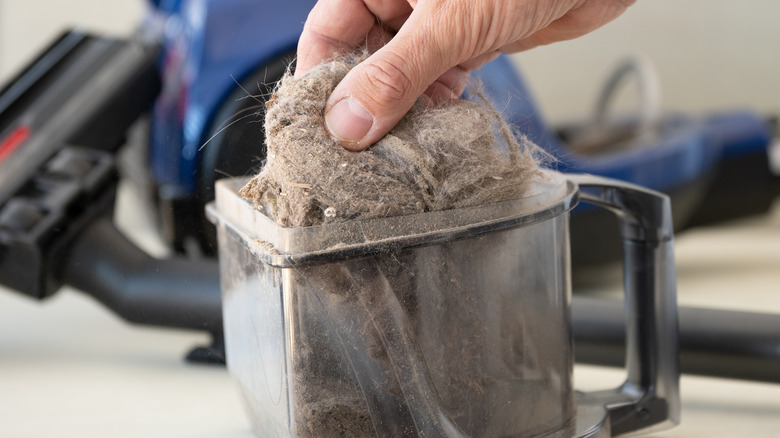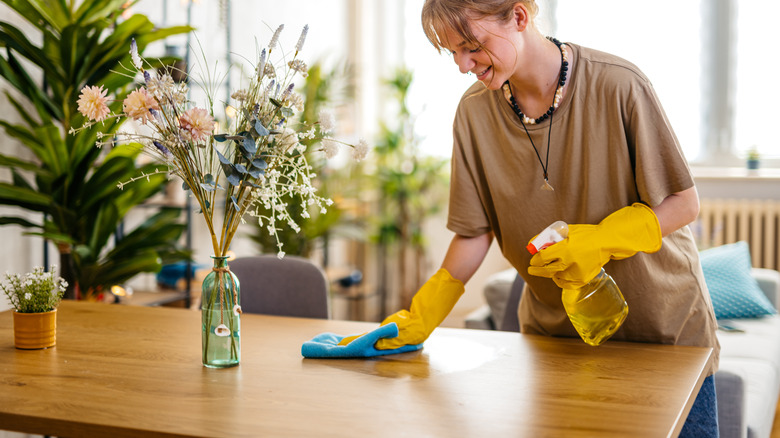Given the times we live in, following sustainable gardening practices is paramount, and composting organic waste is a way to give back to the earth. However, there’s more to making your own DIY compost than adding kitchen waste and lawn clippings. You must balance it out with brown waste, or it’ll degenerate into a wet, reeking muck with a disproportionate carbon-nitrogen mix. Fortunately, your ingredient list isn’t limited to dead leaves, cardboard, and wood shavings; the dust harboring in your vacuum cleaner works just as well.
As we go about our daily lives, our households accumulate layers of dust, which includes all sorts of things like dirt, human and pet hair, dander, and cloth fibers. Consequently, our vacuum cleaners happily lap it up every time we deep clean our homes. As it turns out, such organic matter easily decomposes in your compost pile, raising its carbon content and enriching your garden soil. Moreover, it’s a brilliant way to reduce the waste you send to landfills and the corresponding greenhouse gas emissions that its treatment entails. That being said, avoid using the vacuum cleaner dust if you aren’t absolutely certain that its contents are au natural — synthetic components take years to decompose and aren’t good for your plants.
How to compost vacuum cleaner dust

Depending on the vacuum cleaner, start by tipping the canister or punching a hole in the vacuum bag and emptying its contents into a separate, shallow container. Alternatively, add in the disposable bag if it’s made of 100% biodegradable material like paper. Flatten the dust load and allow it to cool down. Next, using a stick, apportion the dust into smaller lots and begin adding it to your compost mound. The reason you shouldn’t be layering the whole pile in the bin at once is it can cut off access to oxygen, slowing down the process.
Follow up by turning the compost pile with a pitchfork. This will spread the nutrients evenly through the mix, giving a leg up to the microbes busy breaking down the compost. Add water in case the vacuum cleaner dust doesn’t mix well in the bin. Finally, use it in your yard after the compost heap has cured for a few weeks.
Caveats to using vacuum cleaner dust

Unfortunately, blindly emptying the vacuum dust in your compost bin isn’t an option; you must ensure it’s natural through and through. For instance, contents from a recently vacuumed synthetic fiber-based carpet are a no-go, as it’ll take ages for them to decay and decompose. Similarly, using vacuum dust from rugs treated with fresheners is a bad call unless you want to feed your precious plants chemicals. Likewise, resist using the vacuum pile if your pets have recently been topically treated for worms or fleas since it’ll only load your compost with chemicals.
Further, if you’ve been using chemical-based cleaning and staining products around your house, chances are the inorganic substances have gotten into your vacuum’s disposable bag, making it unsuitable for composting. Flame retardants found in dust collected from foam fixtures are equally harmful and shouldn’t be used. Also, if mold, lead, or microplastics abound in your home, skip the vacuum dust. However, detritus gathered from wool-based carpets is good to go, as are skin flakes and hair, as they break down easily and enrich the compost. Don’t forget to wear a mask in case you suffer from dust allergies.



